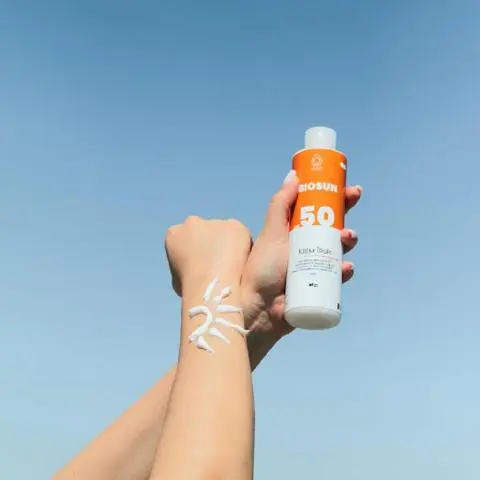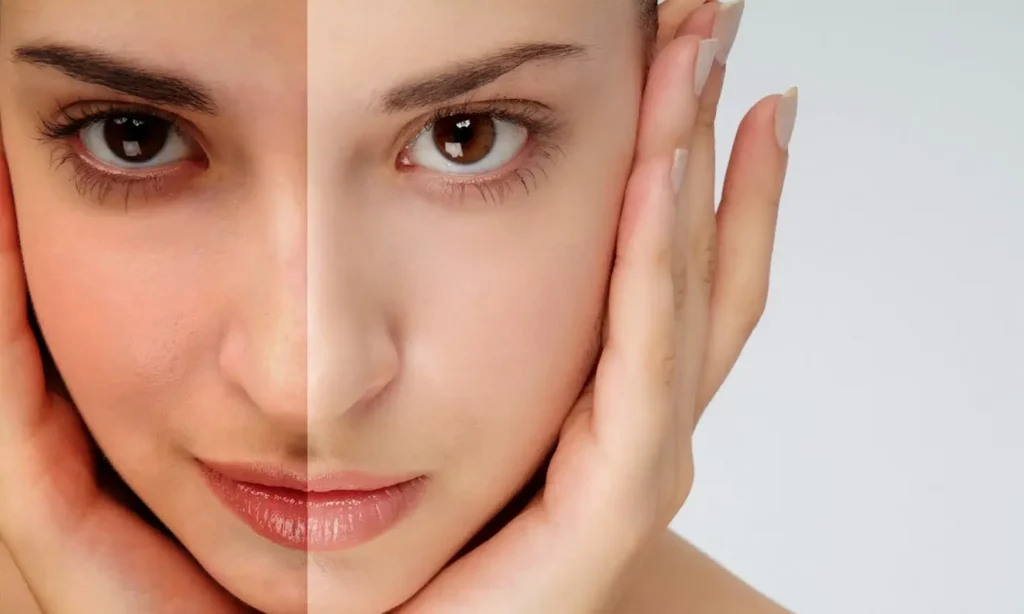


As the sun beckons people outdoors, the question of sunscreen’s role in preventing tanning emerges as a common concern. Tanning, often considered a sign of sun-kissed allure, can also indicate skin damage resulting from ultraviolet (UV) radiation. This article delves into the does sunscreen prevent tanning, dispelling misconceptions while unraveling the scientific complexities.

Tanning is the skin’s response to UV radiation, primarily from sunlight. UV radiation encompasses UVA and UVB rays, each impacting the skin in distinct ways. UVA rays penetrate deeply and cause premature aging, while UVB rays lead to sunburn. Upon UV exposure, the skin produces melanin, a pigment that darkens the skin, offering a degree of UV protection.
A prevailing myth asserts that sunscreen obliterates tanning entirely. While sunscreen is an essential defense against UV damage, it does not halt tanning outright. Sunscreen works by absorbing, reflecting, or scattering UV radiation, curbing its potential to harm the skin. Yet, a portion of UV radiation still reaches the skin, prompting melanin production and resulting in a mild tan, particularly in those with lighter skin tones.
Safeguarding against excessive tanning and shielding against skin damage underscore sunscreen’s significance. Correct and ample sunscreen application significantly curtails sunburn, skin aging, and skin cancer development. Sun Protection Factor (SPF), indicated on sunscreen labels, signifies defense against UVB rays. While higher SPF values offer enhanced protection, no sunscreen can fully shield against all UV radiation.
Another misconception suggests that using higher SPF sunscreen ensures zero tanning. Yet, even with higher SPF sunscreens, complete immunity to UV radiation is unrealistic. Tanning may still manifest, particularly during extended sun exposure periods without sunscreen reapplication.
Frequent sunscreen reapplication is imperative to sustain its efficacy. Sweat, water, and routine activities can diminish sunscreen effectiveness, leaving the skin vulnerable to UV radiation. Reapplying sunscreen every two hours, or more if sweating or swimming, prolongs protection and diminishes the tanning risk.
Tanning isn’t solely attributable to UVB rays; UVA rays also play a role. Opt for “broad-spectrum” sunscreen, offering defense against both UVA and UVB rays. Comprehensive UVA protection complements tanning deterrence and minimizes enduring skin damage.
Beyond sunscreen, embracing shade during peak sun hours (usually 10 a.m. to 4 p.m.) and donning protective clothing magnify tanning risk reduction. Wide-brimmed hats, sunglasses, and long garments erect a physical UV barrier, bolstering sunscreen’s efficacy.
Melanin, pivotal in determining skin, hair, and eye color, underpins tanning. UV exposure propels heightened melanin production, mitigating UV damage by absorbing and diffusing radiation. Melanin augmentation induces skin darkening, culminating in a tan. Sunscreen moderates this process by curtailing UV radiation intensity.
Diverse skin types exhibit varying tanning susceptibility. Fair-skinned individuals are predisposed to tanning and sunburn due to lower melanin levels. Conversely, darker-skinned people possess more melanin, affording natural UV protection and diminishing severe sunburn and tanning risk. However, even darker skin can succumb to sun damage, necessitating sunscreen use.
Misconceptions about sunscreen’s interaction with tanning beds are prevalent. Contrary to beliefs, sunscreen application prior to tanning bed use is crucial to thwart UV radiation effects. Yet, tanning beds pose significant health risks, including escalated skin cancer chances. Opting out of tanning beds is the wisest choice.
Altitude, locale, and surface reflection impact tanning. Higher altitudes and reflective surfaces intensify UV radiation, necessitating stringent sunscreen application. Vigilance amid these circumstances fortifies skin protection.
The psychological aspect of tanning merits consideration. Tans are often equated with health and attractiveness, yet excessive tanning heightens skin damage and cancer risk. Balancing these perceptions against skin well-being is paramount.
Skin health campaigns accentuate sunscreen’s importance and correct misconceptions. These initiatives underscore sunscreen’s role not only in tanning prevention but in overall skin care 3w in which all wandering for their answer that does sunscreen prevent tanning
Does sunscreen prevent tanning as Sunscreen, an indispensable shield against UV radiation, does not entirely prohibit tanning. Tanning is a multifaceted process involving melanin’s UV protection mechanism. Diverse skin types, environmental nuances, and personal inclinations shape tanning outcomes. While sunscreen markedly mitigates tanning and skin damage threats, it cannot eliminate the natural tanning response. Embracing a balanced approach, comprising sunscreen, shade, and protective clothing, bolsters skin health while acknowledging tanning’s complexities. Prioritizing skin well-being over an excessive tan aligns with long-term vitality.